In my years of working at several wineries of different sizes, I have had the wonderful opportunity to design, set up and maintain a database tracking software system for several of them. This was a wonderful experience for many reasons, the main one being the satisfaction that comes from assembling an effective system that manages all the data that wineries track and seeing a wide range of people at the wineries USE all that data. I have just recently had this great opportunity again providing this same service to the winery at Napa Valley College. http://www.nvcwinery.com/ The college had a database software program donated to them but then had the need to get it set up properly.
This is where I gladly came in. Once again, this experience has been extremely satisfying and the college’s teaching winery makes it a perfect fit for demonstrating this valuable piece of an overall winery compliance system.
So what exactly do database programs provide a winery? It comes down to essentially two vital areas: audit coverage and historical data. The first area of audit coverage means that by having and maitaining a database system effectively, wineries are then covered if their name comes up on the audit list by any of the various government agencies. Essentially all of the data that wineries are required to keep track of is being entered into the database. The second reason these systems are of such benefit and value to wineries is for all of the “juicy” data they hold. Think for a moment about the course of a wine’s “life”. From the starting point when grapes arrive at a winery, are processed through fermentation, move in and out of various vessels (tanks, barrels), have various addition materials added to it, are blended together with other wines, and then eventually go into the bottle, each and every one of those steps along the way must be documented and tracked in the winery’s record system. All of those activities are then also data that everyone from the owner to the CFO to the winemaker to the marketing department to the tasting room will want to know about and use for their various purposes. This data tells them everything such as tonnage totals for all of their vineyard sources, the blend breakdown on all their wines, what kind of yeast they used for their red wines, and how many cases they bottled of a particular wine over the past 5 years. All of this is available to them at the click or few clicks of a mouse. Plus there is also the fact that with using a database there is just the one version of all of this data instead of several “versions” of it living on 3 or 4 (or more) people’s different computers. So no confusion, the database data is THE data.
For more information on the database software I’ve used over the years here is their website: http://wmdb.com
Recent Posts
If you aren’t in the winery compliance world, don’t write about it!
Nails on a chalkboard. Folks, there is already a lot of incomplete or flat-out wrong information shared about winery compliance. Let’s not add to it! Stay in your lane. If you’re not actually in the winery compliance world, please spare all of us who are, and do not...
Eight takeaways from the CalRecycle training webinar on CA CRV requirements.
I joined in with the group of around 500 other folks who showed up live to CalRecycle's informational webinar on what the CA CRV reporting will mean for wineries. A fun way to kill a couple of afternoon hours on a Friday afternoon! But seriously it was very...
